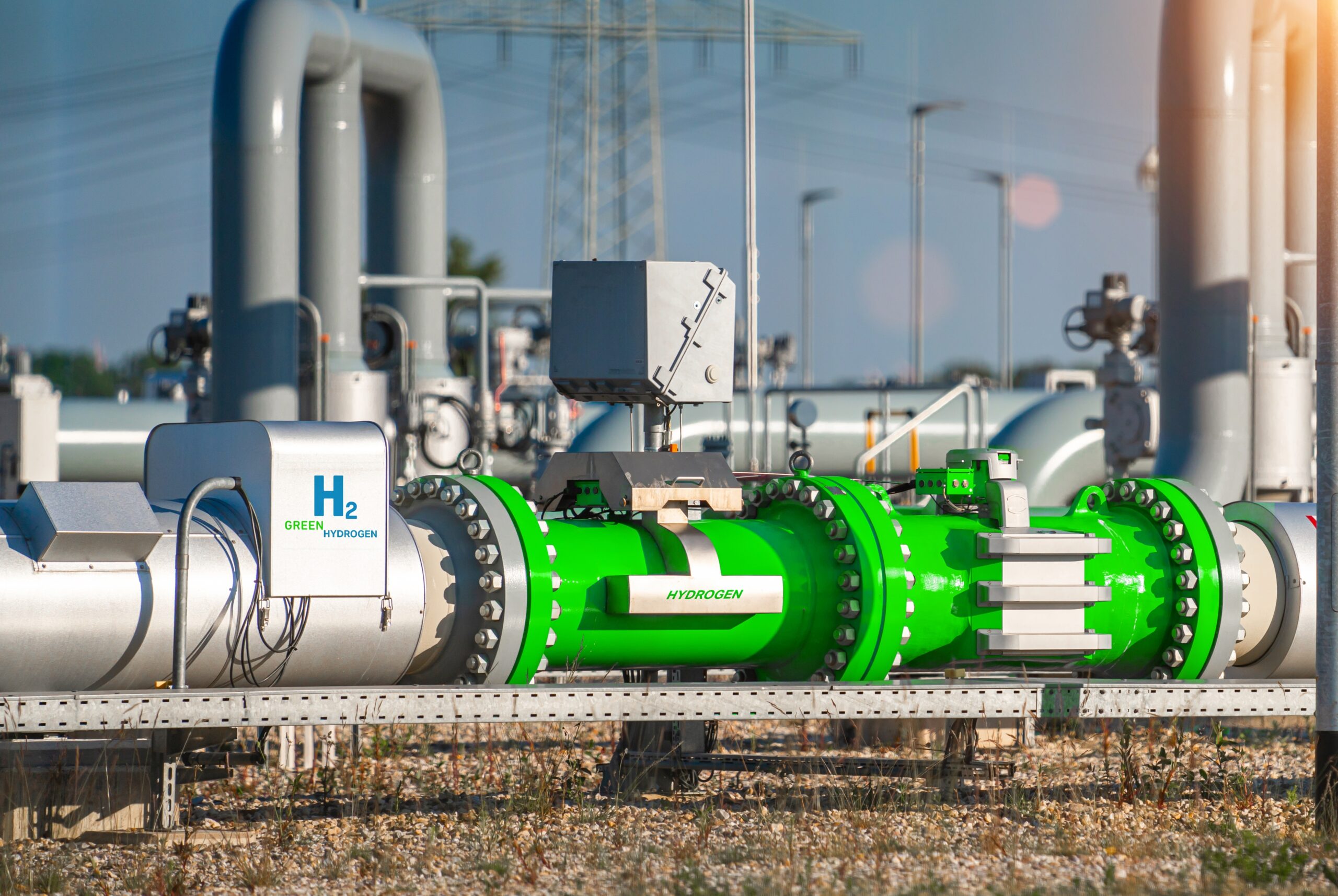As the world continues to seek out more sustainable energy sources, hydrogen storage has emerged as a promising technology.
Abdulhadi Al Saadi

As the world continues to grapple with the need for cleaner and more sustainable energy sources, hydrogen has emerged as a promising option. Unlike wind and solar power, which are highly reliant on weather conditions, hydrogen is a versatile and dependable clean energy source that can reduce our reliance on imported non-renewable energy sources, especially hydrocarbon power sources like oil. However, to fully utilize hydrogen’s potential, we need to explore efficient storage solutions. One such solution is underground hydrogen storage.
Underground hydrogen storage involves the storage of hydrogen in caverns, salt domes, and depleted oil and gas fields. This method has been used to store large quantities of gaseous hydrogen in caverns for many years. Storing large quantities of hydrogen underground in solution-mined salt domes, aquifers, excavated rock caverns, or mines can function as grid energy storage, which is essential for the hydrogen economy. By using a turboexpander, the electricity needed for compressed storage on 200 bar amounts to only 2.1% of the energy content.

1- There are three main kinds of underground hydrogen storage: Depleted gas reservoirs, aquifers, and salt caverns as shown in these figure:

1- Depleted gas reservoirs are among the best options for subsurface gas storage. These reservoirs are hydrocarbon-bearing geological traps covered with an impervious deposit known as caprock and are generally sustained from the bottom or margins by an aquifer. Depleted gas reserves are well described, with nearly all the required information accessible. Moreover, the tightness of depleted gas reservoir caprocks has been demonstrated. The presence of residual gas in a depleted gas reservoir is regarded as advantageous since it can serve as cushion gas. On the opposite side, if the leftover gas is capable of reducing the quality of hydrogen, this might be viewed as a drawback.
2- Aquifers are another option for subsurface hydrogen storage. These are porous and permeable rock structures in which fresh or salt water fills the pore space. They are found in all sedimentary basins across the earth or might offer an option for subsurface hydrogen storage in regions where exhausted hydrocarbon resources or salt caverns are unavailable. For years, they have been utilized securely as natural gas storage facilities.
3- Salt caverns are another viable alternative for hydrogen storage. Although studies have shown that salt caves storage is less applicable than other ways, salt caverns are ideal for storing various chemicals, in particular gases, at high pressures. Salt caverns are typically circular, man-made holes in deep subterranean salt lakes that are constructed from the surface by pumping water into a well in the salt rock in a controllable environment. This is referred to as solution mining. Salt caverns are a viable alternative for hydrogen storage because of unique geological characteristics such as tightness, excellent mechanical characteristics of salt, and its resistance to chemical processes. Furthermore, the viscoplastic properties of Eocene rocks aid in their superior closing role, and because the salt caverns are mechanically robust, the procedure is flexible and suited for medium and short-term storage.
2-The risks and challenges of hydrogen underground storage:

However, there are also risks and challenges associated with underground hydrogen storage. Hydrogen has different physical and chemical characteristics than other geological formations captured fluids such as CH4, air, or CO2. Hydrogen can interact with geological minerals and fluids, possibly impacting storage processes. Additionally, the existence of hydrogen in the pore spaces can trigger the growth of hydrogen reactions with bacteria. Furthermore, the applied stress at hydrogen storage sites will vary throughout multiple injection-reproduction cycles, potentially jeopardizing encapsulation. As a result, suitable UHSP locations require special classification to ensure safe and cost-effective hydrogen injection and duplication. Uncertainties about possible loss, along with additional hazards including caused seismicity and hydrogen loss owing to bacterial behavior, also exist.
3-Major obstacles and future opportunities:

As the world continues to seek out more sustainable energy sources, hydrogen storage has emerged as a promising technology. While experience with hydrogen storage is still limited, there are clear parallels to natural gas storage. In fact, the experience gained from underground natural gas storage can serve as a valuable asset in developing research, pilot, and industrial-scale hydrogen storage projects.
Fortunately, we can draw on decades of experience in the storage of hydrogen-rich gas mixtures to mitigate the risks associated with hydrogen injection. Through careful site selection and mitigation strategies, we can reduce the risk of biological and geochemical reactivity in the subsurface.
Moreover, the laboratory-based research on geological CO2 storage that has been undertaken in the last two decades can serve as a model for fundamental research on hydrogen storage. Experimental equipment and workflows can be adjusted to accommodate hydrogen flow and reactivity.
Finally, we can rely on the basic concepts and technical challenges that have been successfully addressed in natural gas storage operations to inform the development of seasonal hydrogen injection, storage, and production strategies. From operational procedures to site management and safety protocols, there is a wealth of valuable information that can be adapted for hydrogen storage in light of the latest advancements in research and development.
While there are certainly obstacles to overcome in the development of hydrogen storage technology, the opportunities are abundant. With careful planning and the application of lessons learned from natural gas storage, we can pave the way for a more sustainable future.





